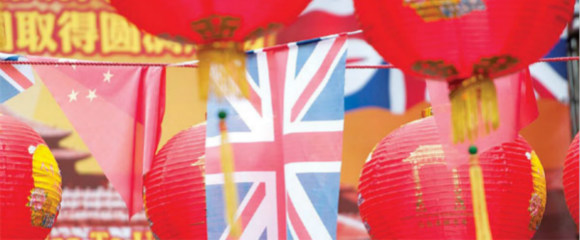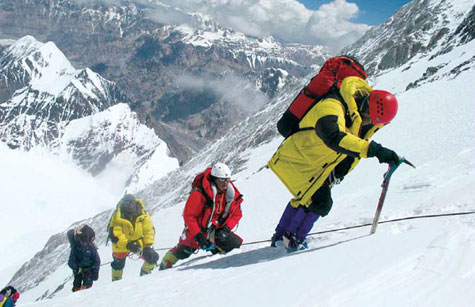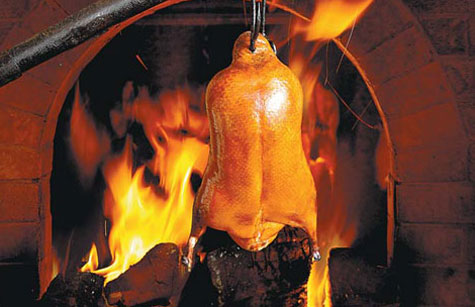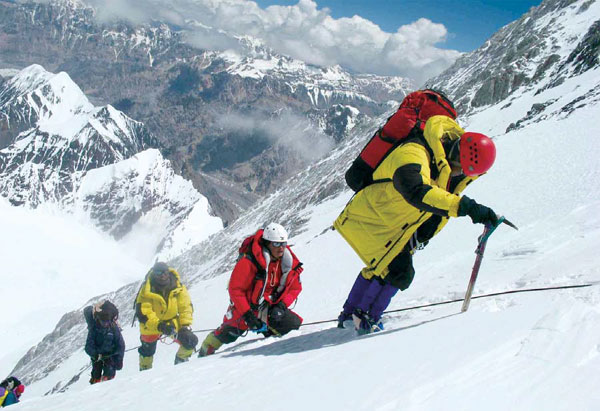Mountaineering school hits new heights
Updated: 2016-01-15 07:44
By Palden Nyima and Da Qiong in Lhasa(China Daily Europe)
|
|||||||||||
|
|
Tibetan institution is building homegrown expedition expertise and promoting autonomous region as center of Himalayan culture
Surrounded by snow-capped mountains and glaciers, the Tibetan plateau is one of the world's finest destinations for climbers and explorers seeking challenging peaks and rarefied vistas.
Yet for decades, most serious mountaineers looked outside China for the guides, resources and services needed to climb its lofty peaks.
Tibetan alpinist Nyima Tsering sought to change that, step by step, expedition by expedition.
Born in the Tibet autonomous region's eastern Qamdo prefecture, Nyima has spent the past 15 years generating local mountaineering expertise, building Tibet into a center of Himalayan mountaineering culture and promoting the area as a paradise for outdoor sports.
Nyima, 47, has three times climbed to the summit of Qomolangma, known as Mount Everest in the West. He made a 8,500-meter ascent in 2000, and was the third of five torchbearers on the mountain in celebration of China's 2008 Olympic Games.
The founder of Tibet's first mountaineering school, Nyima also was the first to operate a mountaineering expedition company, the Tibet Himalaya Expedition Co.
It is one of only two mountaineering schools in the world, the other being the French National Skiing and Mountain Guide School in Chamonix, France.
The two schools have signed long-term cooperative contracts. "In the past 15 years, the French school has sent their coaches to our school every year, and we have sent our students to their school every year," Nyima says.
The French school shares its climbing techniques and makes a "great contribution to the success of mountaineering in Tibet", he says.
Before the school's founding, mountaineering services in China were mainly provided by foreigners.
"I can say the school filled a gap of mountaineering in China as such services were mainly carried out by Nepalis and Westerners decades ago," Nyima says.
Nyima's two mountaineering expedition companies pay their tuition and all student expenses, including accommodation, with the help of a 700 yuan ($106; 98 euro) monthly subsidy for each student from the regional educational department.
In addition to assuming the school's costs, the two companies manage the school, help graduates gain field experience, and provide them with jobs.
"The two commercial expedition companies Nyima Tsering has founded have helped maintain his mountaineering school as a sustainable project," says Tsering Samdrup, 33, the general manager of Tibet Himalaya Expedition.
The school currently has 40 students, mostly men, from the four Tibetan counties with the five highest mountains.
"Not only does Tibet have its own professional team for climbing, the team has helped many amateurs fulfill their climbing dreams," Tsering says.
Asked about the origins of the school, Nyima says he wanted local people to be skilled at all sorts of mountaineering jobs, not just transportation.
"I was disappointed by the reality of Tibet not having highly skilled professionals to carry out mountaineering work a decade ago," Nyima says.
"Tibet has rich resources for mountaineering, and Tibetans near the mountains are born to adapt to the high-altitude environment," adds Zhang Mingxing, secretary of the China Tibet Mountaineering Association.
Contact the writers through palden_nyima@chinadaily.com.cn
Lofty achievements
The Tibet Mountaineering School, established in 1999, has trained more than 200 professional mountaineering staff, including guides, translators and coaches.
It is one of only two mountaineering schools in the world, the other being the French National Skiing and Mountain Guide School in Chamonix, France.
Tibet's trained climbers are mostly from the counties of Dingri, Gyirong, Nyanang and Dingye, which have many tall, snow-packed mountains. The climbers and mountain guides mostly work on Qomolangma and in the central areas of the Himalayas.
Located in Lhasa, the capital of the Tibet autonomous region, the school provides cultural courses in the morning - such as languages, history, filming and cooking - and physical classes in the afternoon. It's free to students, who are selected by the school founder, Nyima Tsering.
- Palden Nyima
Today's Top News
Chinese firms making inroads in UK
Value addition
IS claims Jakarta attack, targets Indonesia for 1st time
Chinese people most optimistic in global survey
COSCO offers 700m euros for Greece’s Piraeus Port
Istanbul bomber entered Turkey as refugee
Bird flu case confirmed in eastern Scotland
Cosco poised for Piraeus control
Hot Topics
Lunar probe , China growth forecasts, Emission rules get tougher, China seen through 'colored lens', International board,
Editor's Picks

|

|

|

|

|

|







